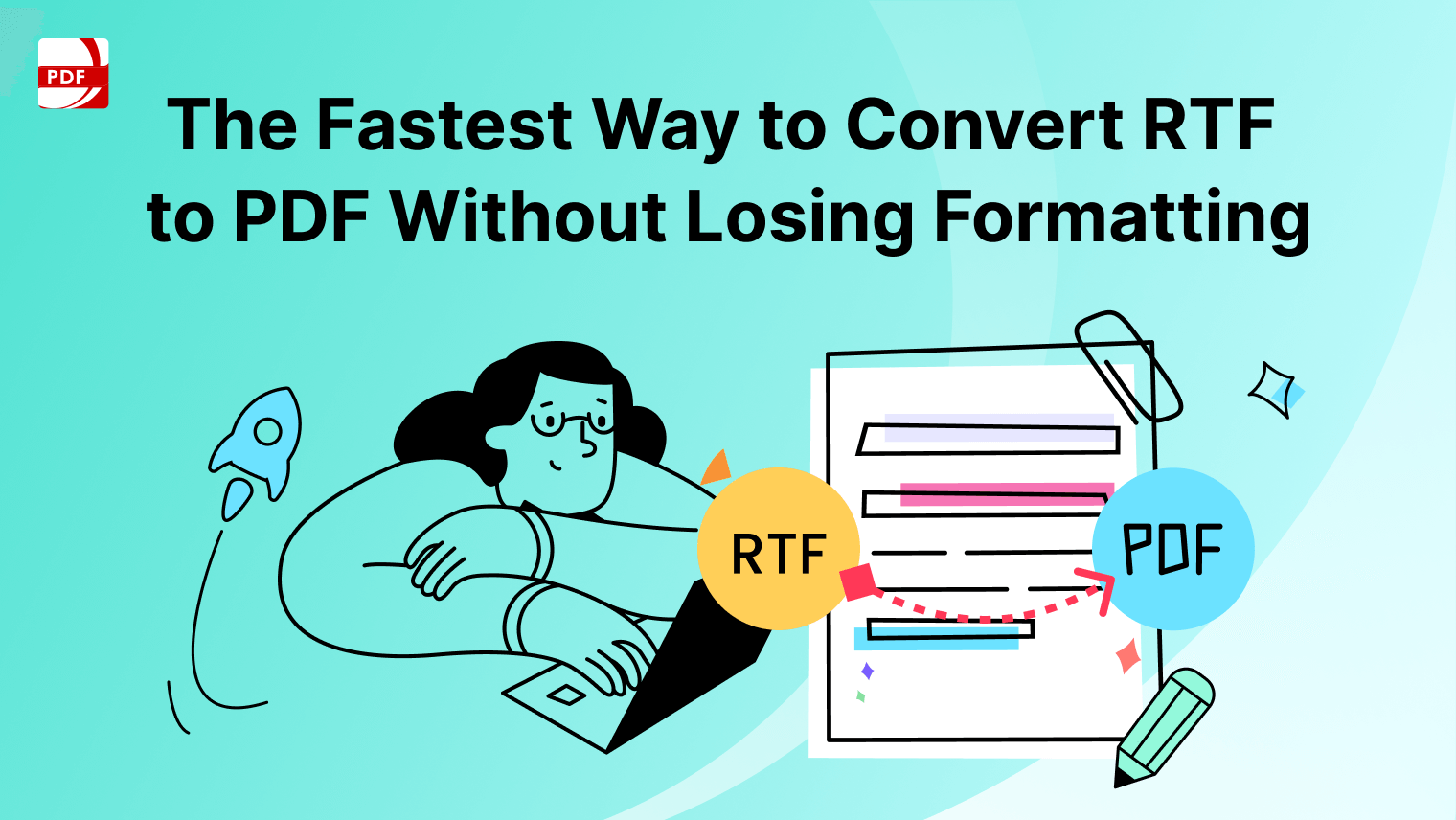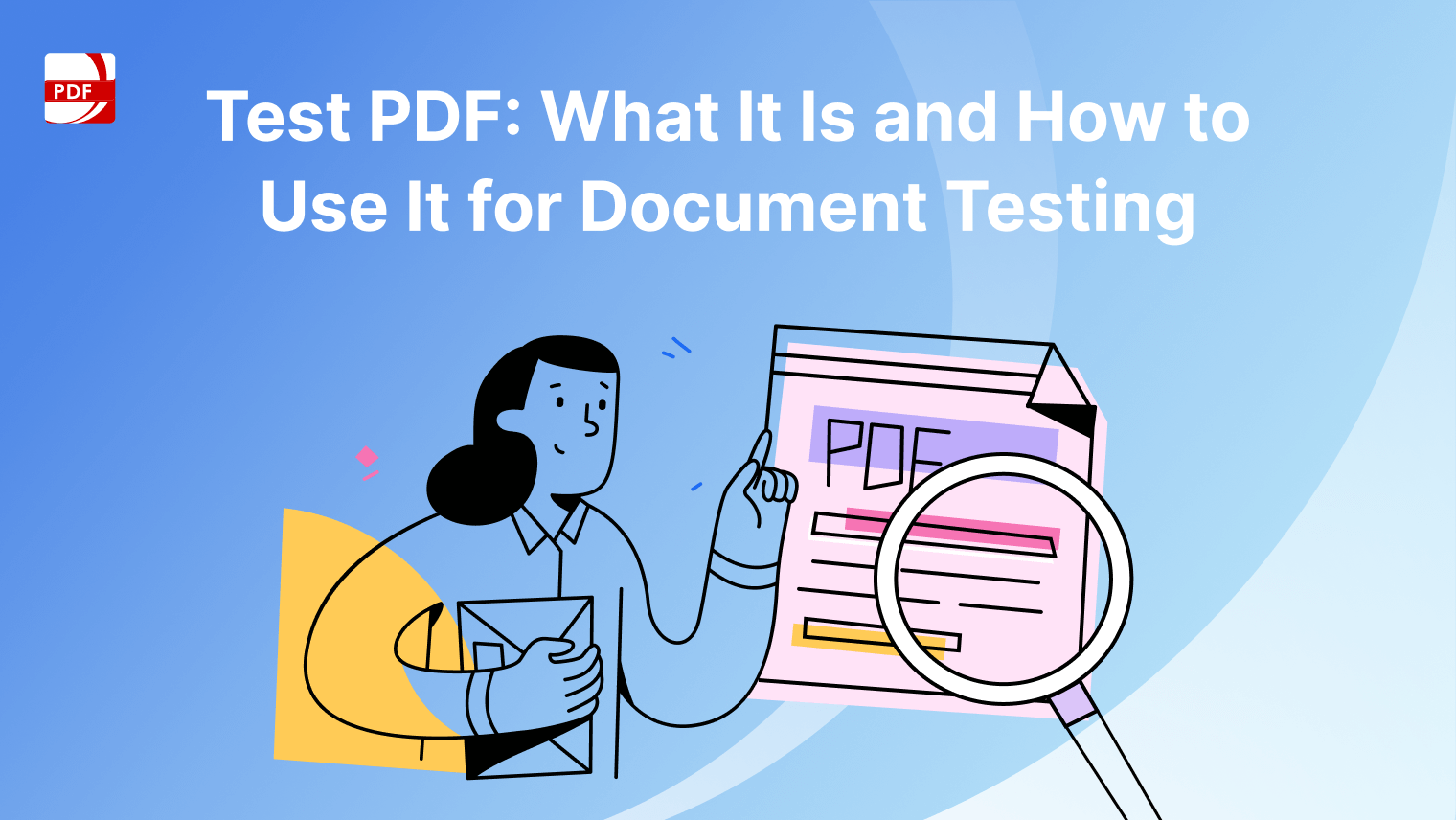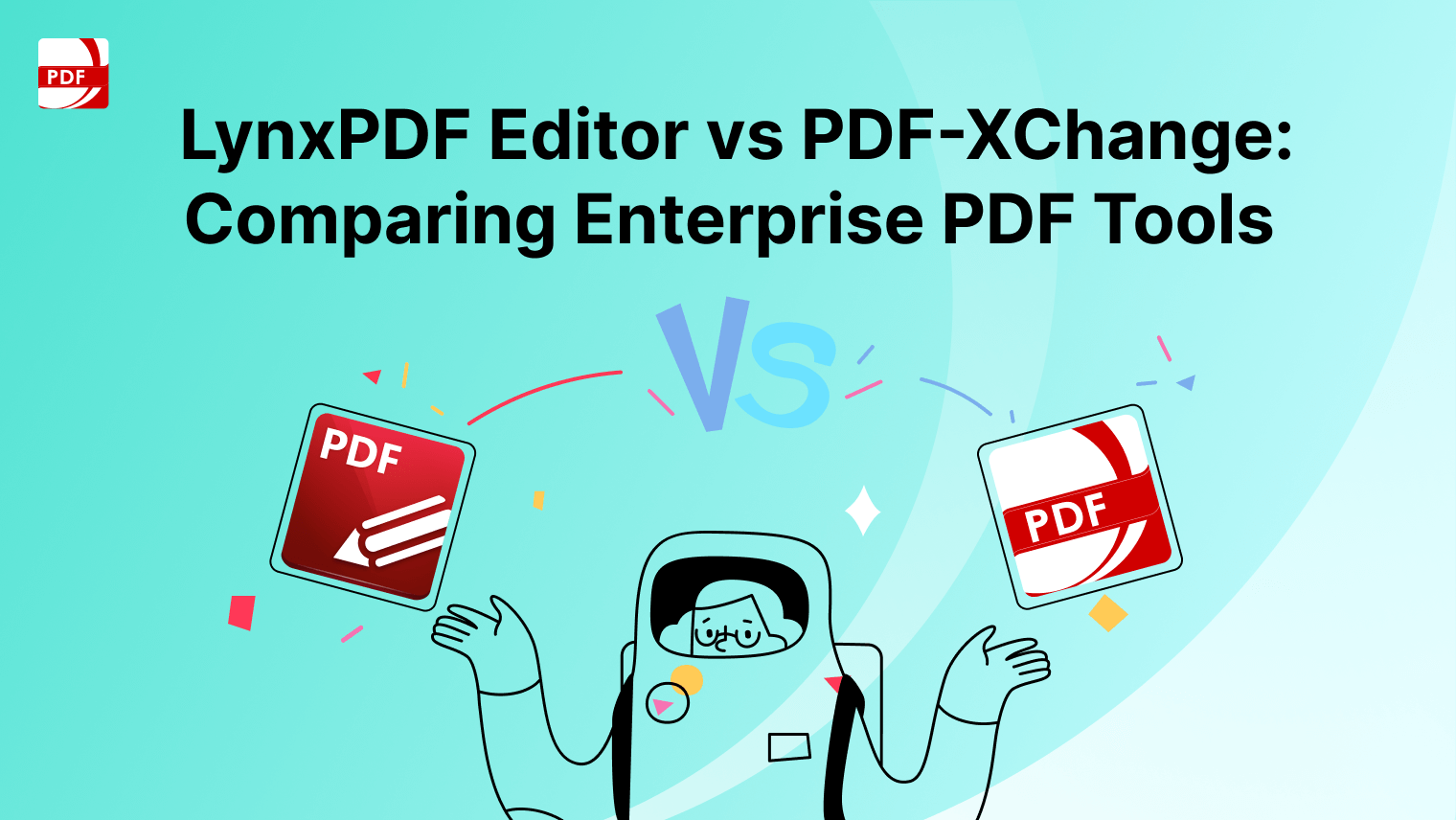PDFs are a ubiquitous document format known for their stability and consistent formatting. However, editing a PDF without the use of Adobe Acrobat can be a common challenge. In this blog, we'll explore the best practices for editing a PDF without Acrobat and answer some frequently asked questions to help you make edits with ease.
How to Edit a PDF Without Acrobat on Windows
Quickly and easily use our comprehensive features to edit PDF files in PDF Reader Pro without using Acrobat on your Windows operating system.
Step 1: Open Your PDF File
Drag your document into the drop zone or click "Open File".
Image Source: PDF Reader Pro
Annotation Tools
Step 2: Open PDF Editing Tool Panel
Use our advanced PDF editing tools such as the drawing tool, highlighting function, stamp and more built-in PDF editor functions.
Image Source: PDF Reader Pro
Block Text Editing
Step 3: Click "Edit PDF"
- This will allow you to click "Add Text" or "Add Image" to insert new content.
- Click the selected text blocks to edit text or delete paragraphs.
Image Source: PDF Reader Pro
How to Edit a PDF Without Acrobat on Mac
Use our PDF tools to make a wide range of edits to your PDF documents using PDF Reader Pro on your Mac operating system.
Step 1: Open Your PDF File
Click "Open File" or drag and drop your document into the Home interface.
Image Source: PDF Reader Pro
Annotation Tools
Step 2: Open PDF Tools Panel
Choose from a variety of advanced tools that allow you to draw, highlight add a signature and more.
Image Source: PDF Reader Pro
Paragraph Editing
Step 3: Click "Edit PDF"
- Click into the highlighted paragraphs to edit text or delete entire passages.
- Click "Add Text" to write new text and place it into your PDF.
Image Source: PDF Reader Pro
The Purpose of Editing a PDF
Reasons for editing a PDF document can vary depending on the specific needs and objectives of the user. Editing a PDF allows for various tasks and serves different purposes, including:
-
Content Modification: The most common purpose is to make changes to the text, images, or other elements within a PDF document. This might involve correcting errors, updating information, or revising content.
-
Document Enhancement: Editing a PDF can be used to improve the document's visual appeal, such as adjusting fonts, colors, and formatting to make it more engaging and professional.
-
Document Tailoring: PDF editing is useful for tailoring a document to a specific audience or purpose. For example, you can customize a document for different clients or adapt it for various marketing campaigns.
-
Form Completion: PDFs are commonly used for forms and applications. Editing allows users to fill out form fields, checkboxes, and text boxes to complete the document electronically.
-
Annotation and Markup: PDF file editing tools often include annotation features, allowing users to add comments, highlights, and drawings for collaborative review or feedback.
-
Content Extraction: Sometimes, you may want to extract specific content from a PDF to use in other documents or applications. PDF editing can assist in selective content extraction.
-
Document Conversion: Editing can be part of a larger process to convert a PDF to a different file format, such as Word, Excel, or PowerPoint, making the content easier to edit and work with.
-
Privacy and Security: PDF editing tools are used to add password protection, redact sensitive information, or secure a document to maintain privacy and protect against unauthorized access.
-
Digital Signatures: Adding digital signatures or initials to a PDF is a common purpose for document approval or verification.
-
Document Organization: Editing can include tasks like reordering pages, merging multiple PDFs, or splitting a large PDF into smaller files for better organization.
-
Accessibility: Editing PDFs may involve making the document more accessible to individuals with disabilities by adding alt text to images, tagging content, and ensuring compliance with accessibility standards.
-
Collaboration: In collaborative projects, editing a PDF allows team members to make necessary changes, ensuring that the document reflects everyone's input and feedback.
-
Archiving and Documentation: Editing may be required for updating or maintaining archived documents, ensuring that historical records remain accurate and up-to-date.
You can also check our article resource for more information on How to Export Figma to PDF.
How to Edit a PDF: Best Practice
Editing a PDF without Adobe Acrobat can be accomplished through a combination of online tools, dedicated PDF editors, and built-in editing functions in operating systems. Here's a step-by-step guide to best practices for using these editing features:
-
Choose the Right Tool: Utilize a PDF editor tool that meets your editing needs. Popular options include PDFelement, Foxit PhantomPDF, or online editors like Smallpdf or PDF2Go.
-
Upload the PDF: Open your chosen PDF editor and upload the PDF file you wish to edit.
-
Select the Edit Function: Locate the "Edit" or similar function within the tool's interface to access the editing features.
-
Edit Text and Images: Use the text editing function to modify or add text. Many tools also allow you to manipulate and replace images.
-
Add Annotations and Comments: To add comments, highlights, or annotations to the PDF, use the annotation tools. This is particularly helpful for collaborative or review processes.
-
Redact Sensitive Information: To redact sensitive information, use the redaction tool to permanently remove content while preserving the document's appearance.
-
Reformat and Rearrange: Adjust formatting, fonts, and styles as needed. Rearrange pages or content within the PDF using the tools provided.
-
Review and Save: Carefully review the changes to ensure accuracy and consistency. Once satisfied, save the edited PDF.
-
Export and Share: Export the edited PDF to your preferred format, whether it's a new PDF, Word document, or another file type. Share the document as needed.
-
Backup Original PDF: Always keep a backup of the original PDF before editing, especially if the document is critical or irreplaceable.
FAQs About Editing a PDF
Now you know more about the basic functions, let's address some other common questions about editing PDFs without Adobe Acrobat:
Can I edit any PDF without limitations using non-Acrobat tools?
Most non-Acrobat tools offer extensive editing functions, but the ability to edit a PDF may depend on factors such as the PDF's content and permissions. Encrypted or password-protected PDFs may require additional steps for editing.
Are there free tools for editing PDFs effectively?
Yes, some free tools are available for editing PDFs, including limited versions of more comprehensive PDF solutions. However, premium versions often offer more advanced features.
How do I handle complex formatting during PDF editing?
Complex formatting may require careful adjustments using the editing tool's features. Some tools offer advanced formatting options for intricate layouts.
Can I edit scanned PDFs without text recognition?
To edit scanned PDFs that contain images rather than selectable text, you may need to use OCR (Optical Character Recognition) to convert the images into editable text. Many PDF editors offer OCR capabilities and other conversion features.
What's the difference between PDF editors and PDF converters?
Dedicated PDF editors allow you to modify and manipulate the content within the PDF, while PDF converters primarily change the file format, often without content editing. Choose the tool that aligns with your specific needs.
Can I edit PDFs on a mobile device using non-Acrobat tools?
Yes, many PDF editing apps are available for mobile devices. These apps allow you to edit, annotate, and manage PDFs on smartphones and tablets, providing flexibility and convenience.
Are there limitations to editing complex or password-protected PDFs using non-Acrobat tools?
Editing complex PDFs with intricate layouts or structures may require careful handling and may have limitations depending on the editing tool. Password-protected PDFs may need the password for modification, so ensure you have the necessary access rights.
Can I edit digital signatures, form fields, or hyperlinks in a PDF without Acrobat?
Yes, non-Acrobat PDF editors often offer tools to edit digital signatures, form fields, and hyperlinks. You can modify, add, or remove these elements as needed.
How do non-Acrobat tools handle the preservation of document structure and fonts during editing?
Non-Acrobat tools are designed to maintain the integrity of the document's structure and fonts during editing. However, results may vary depending on the tool and the complexity of the original PDF.
Can I convert the edited PDF back to its original format, such as Word or Excel?
Many non-Acrobat PDF editors allow you to export the edited PDF to various formats, including Word (DOC or DOCX), Excel (XLS or XLSX), and more. This flexibility enables further editing or reuse in other applications.
By addressing these additional FAQs, you'll have a more comprehensive understanding of the possibilities and limitations when editing PDFs without Adobe Acrobat, allowing you to modify and adapt your PDF documents for various purposes effectively.



